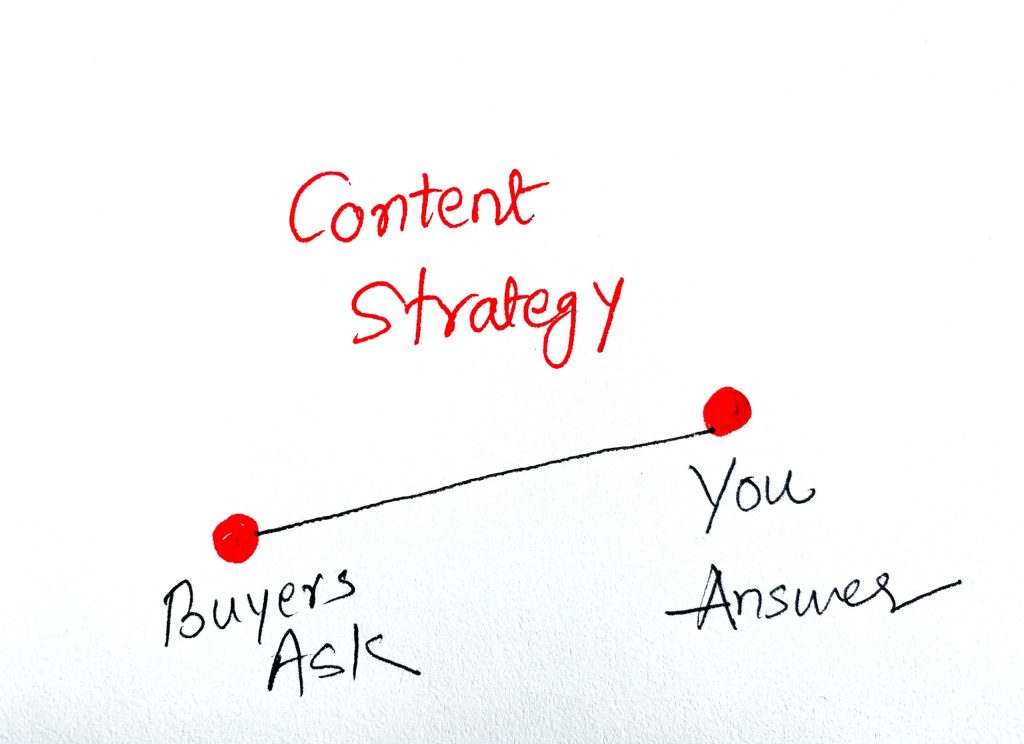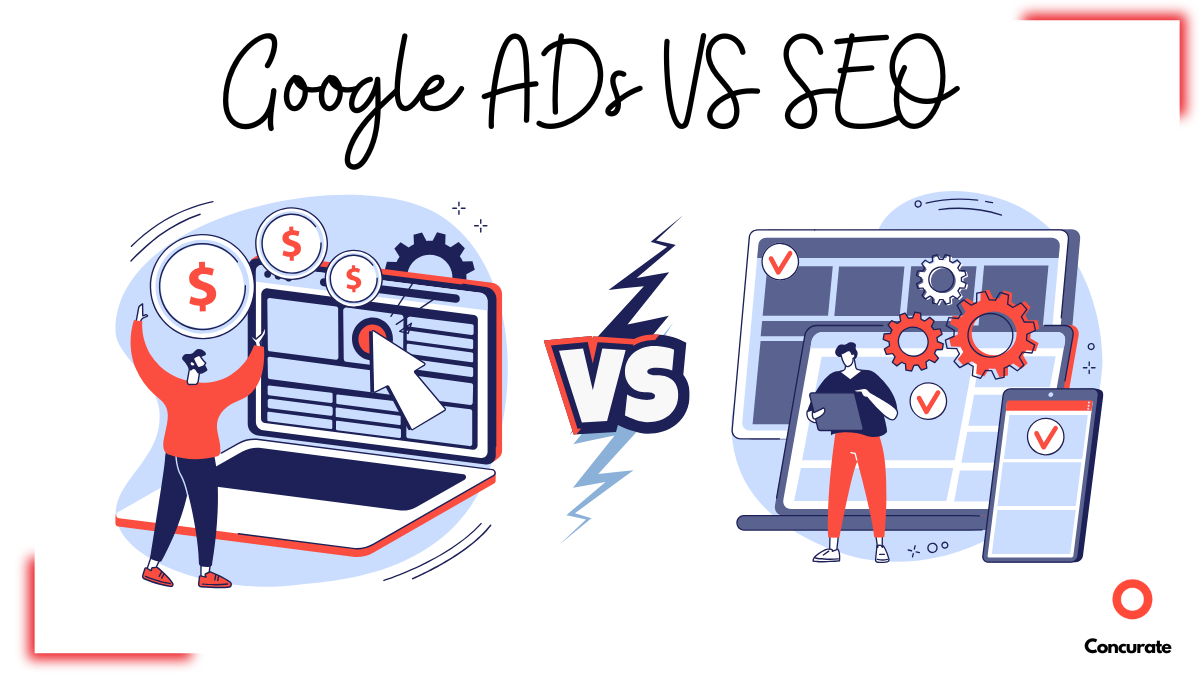Content Strategy | They Ask, You Answer
Create the single best resource for your niche, and you won’t have to worry about selling your product.
Content is a winner-takes-all game. The top 1% of content gets 99% of the attention. If you create the single best resource in your niche, you won’t need to worry about selling. Your customers will come to you.
To explain the importance of content in sales enablement, I have a beautiful story to share.
The story is about a former pool guy at River Pools and Spas (RPS), Marcus Sheridan.
( I heard this story while taking Sales Enablement course at Hubspot Academy).
Marcus is CEO and president of the Sales Lion.
Story | River Pools
Marcus analyzed the buyer’s journey for his pool installation customers and used content to shorten the sales cycle.
The Journey of River Pools & Spas
Year 2007:
- 250 sales appointments.
- Driving 2-3 hours to a client’s site.
- Spending 2-3 hours explaining the pool installation process.
- Driving back home for another 2-3 hours.
- After all this effort, Marcus converted only 75 clients out of 250 appointments.
- The process was exhausting, leaving little time for family.
Year 2009:
- Recession hits.
- Many clients cancel orders.
- RPS loses a quarter-million dollars in 48 hours.
- Months pass, and the company is on the verge of bankruptcy.
Year 2013:
- 150 sales appointments.
- 110 converted clients.
- Marcus now had dedicated sales & marketing teams working for him.
What changed?
Strategic content marketing makes a difference. See how B2B SaaS brands use buyer-focused storytelling to drive conversions.
Pro tip: If you need 30 standout SaaS growth hacks to attain double the growth for your SaaS business, fill out the form below!
How Marcus Reinvented His Strategy
Marcus adopted a buyer-centric content strategy.
Here’s what he did:
- Analyzed the buyer’s journey and identified common customer questions.
- Created content to answer these questions before the sales appointment.
- Developed two key resources:
- A detailed video showing the entire installation process.
- A guide helping buyers make customization decisions.
- Instructed the sales team to send these resources before the appointment.
Want to apply this strategy? Here’s how HubSpot optimizes its buyer journey to drive conversions.
Marcus followed: “They Ask, You Answer” plan.
Old Approach:
- Long, repetitive sales meetings answering the same questions over and over again.
New Approach:
- Proactive content sharing before the meeting.
Real-world success stories matter. Check out this case study breakdown of a SaaS company doubling its leads.
A Sample Conversation:
Buyer: Hey Marcus, I’m checking out your website, could you come out to my house and give me a quote for a pool.
Marcus: Sure, I’d love to come out to your house, but since you’re about to make a big investment, I want to ensure you make the best decision.
So, as we talk, I’m sending you two things:
A step-by-step video that walks you through the entire installation process. From the pool arriving to the patio setup and cleanup.
A 30-page guide answering the most common questions, like:
- Should I get a heater?
- What type of cover should I use, mesh or solid?
- Should I choose a gas or electric heater?
This will ensure that when I visit on Friday, you already know what to expect. Will you take some time to review these before our meeting?
Buyer: Sure! (In 90% cases)
Source: HubSpot
If you carefully observe the pitch, Marcus tells the buyer that he cares about the buyer’s hard-earned money.
Marcus is also inspiring the buyer to make an informed decision.
Why This Worked: A Data-Driven Proof
Marcus used advanced analytics to measure the impact.
He divided the leads into two groups
- Group A: Customers who purchased the pool installation.
- Group B: People who didn’t buy.
The Key Difference?
Group A (buyers) had read at least 30 pieces of content before making a decision.
This proved that buyer-centric content strategy works!
What Can You Learn from This?
- Answer your customers’ questions upfront.
- Create content that educates them before they meet you.
- Use video guides and written resources to build trust.
The result?
- Shorter sales cycles.
- Higher conversion rates.
- More informed, confident buyers.
Need a Winning Content Strategy to Increase Sales?
At Concurate, we help businesses create content that answers customer questions, builds trust, and drives conversions.
If your organization needs a content marketing strategy that delivers real business results, let’s connect.






